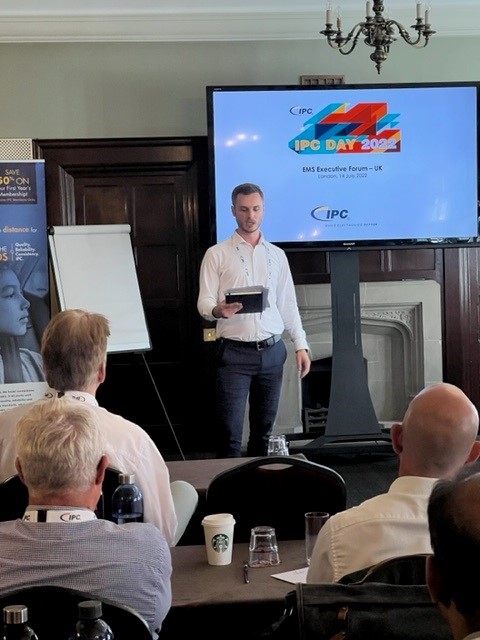A Study of Data Driven Quality Management Across EMS Smart Factory
With the advancement of emerging technologies such as AI, Cloud and Block Chain, the electronics manufacturing industry is entering a new era of smart manufacturing. More and more Electronics Manufacturing Service providers (EMS) are investing in data and deep AI capabilities as part of their smart factory effort to improve production efficiency, process capability and quality. These data and deep AI capabilities are often implemented through enterprise hybrid clouds to achieve high availability, high scalability and low IT operational cost.
This paper discusses current status and trends of smart manufacturing implementation in the EMS industry, specifically focusing on quality management, as there are plenty of use cases of data and AI in quality management that are good candidates for smart factory implementation. It elaborates details with examples of several quality management use cases involving data, AI and enterprise integration. In this paper, we also discuss the current maturity level and future trending and challenges in technology adoption and integration for smart factory in EMS industry.
Keyword: Quality Management, Data, Smart Factory, EMS
